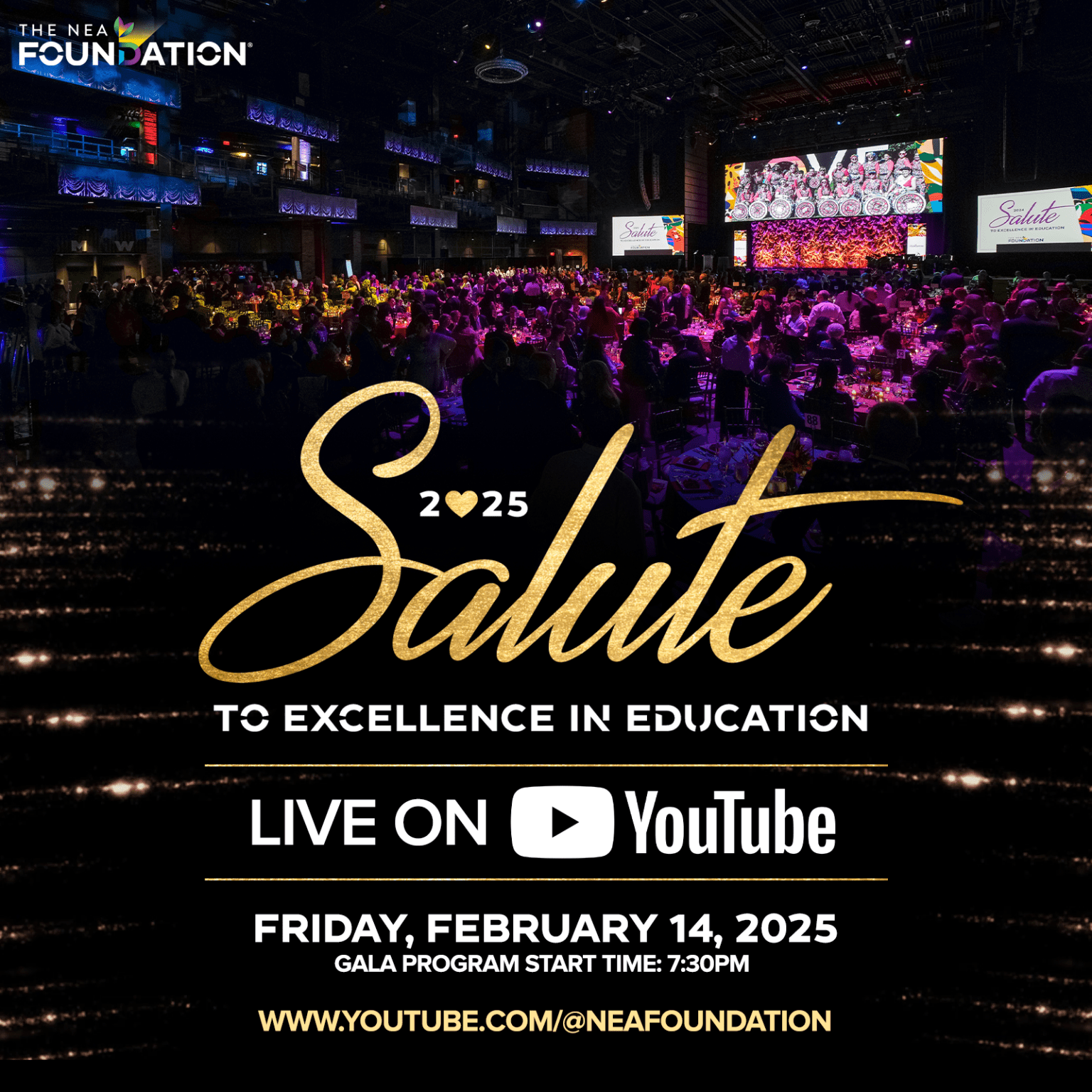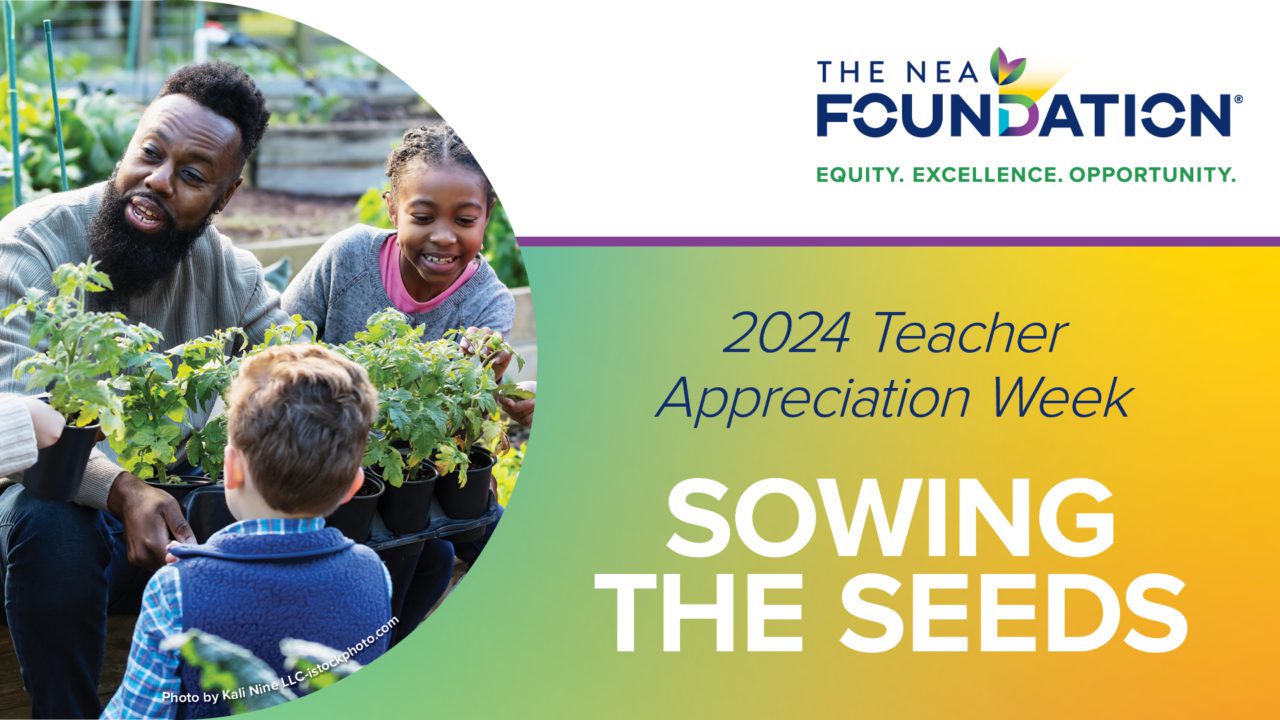Why did you start teaching?
I fell into teaching. I majored in education as an undergraduate student, but when I went to do my student teaching, I decided the profession wasn’t for me. Years later, my mother-in-law pushed me to go back to the classroom, so I did. Older and wiser, by then, I fell in love with teaching. I was instantly enthralled by the students’ eagerness to learn and how I could impact their learning. So, 17 years later, I am still in the classroom.
What is your passion— in or outside the classroom?
My passion is student-run newspapers, scholastic journalism. I have advised two high school and two middle school newspapers, and I have been the lucky witness of the power of the press. Students absolutely love reporting about events that impact them. My current staff is passionate about reporting on teen health issues in order to bring to the attention of their peers, issues that are important like childhood obesity, bullying, and stress. Journalism gives kids an essential voice and teaches them so many skills that they can take with them to all their classes.
Describe an “a-ha” moment, when you or your students (or both) have experienced a transformation in your thinking or learning.
My most recent aha moment happened last year. As a culminating project to our study of justice and our reading of “To Kill a Mockingbird” students in my English Language Arts/Journalism classes invited a lawyer from the Innocence Project to our class. I train my student reporters to conduct press conferences as part of the journalism program. Karen Newirth came and answered my students’ questions about flaws in the American justice system.
Students wanted to know why the justice system, which works well and is a model for the world, has such egregious flaws, flaws that allow many innocent people to go to jail for crimes they didn’t commit. After our press conference, Ms. Newirth was so impressed; she invited my reporters to the offices of the Innocence Project. There, my students met with a panel of employees to talk about the purpose and goal of the Innocence Project.
After our visit, my students were fired up. I had taught them about the Scottsboro Nine and the Central Park Five during our reading of “To Kill a Mockingbird.” At the Innocence Project, my reporters learned about exoneree Kevin Richardson, who still lives in the Bronx. We invited him to our class, and he came and spoke with my reporters and my ELA students. Afterwards, five of my reporters were so moved, they wrote an opinion piece which we sent to the “New York Times” and the “Daily News.” Neither publication ran the piece, but Mr. Richardson and the employees at the Innocence Project loved the column.
Tell us about your plans for this grant project.
I plan to continue the journalism program at my current middle school, Edward B. Shallow JHS 227, expanding our reporting to audio interviews on our class blog. The grant has allowed me to purchase desperately needed computers and software, as well as audio recorders to use to expand and develop our publication. “The Shallow Gazette” is a new publication at JHS 227, and we want to make sure it is long lasting and has a meaningful impact in the community.
How do you think your grant project will help your students?
The grant project will benefit my students and the students at Shallow by creating a community where all voices are heard.
Featured grantee Nancy Kaplan teaches eighth grade English language arts and journalism in Brooklyn, NY. Find more information about how to apply for a grant and how to support this program.








